
Significance Of Deploying CI/CD Pipelines on the Cloud
software changes progress through the pipeline, test automation is used to identify dependencies and other issues earlier, push code changes to different environments and deliver applications to production environments. Here, the automation’s job is to perform quality control, assessing everything from performance to API usage and security. This ensures the changes made by all team members are integrated comprehensively and perform as intended.
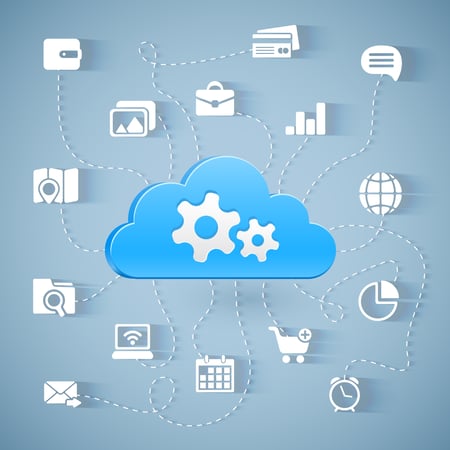
Benefits of the CI/CD Pipeline
Automation of software releases — from initial testing to the final deployment — is a significant benefit of the CI/CD pipeline. Additional benefits of the CI/CD process for development teams include the following:
Reducing Time to Deployment Through Automation
Automated testing makes the development process more efficient, reducing the length of the software delivery process. In addition, continuous deployment and automated provisioning allow a developer’s changes to a cloud application to go live within minutes of writing them. We can leverage AWS in the following ways
- AWS CodePipeline automates the build, test, and deployment phases.
- AWS CodeBuild simplifies compiling source code and running tests.
- AWS CodeDeploy automates code deployments to various services.
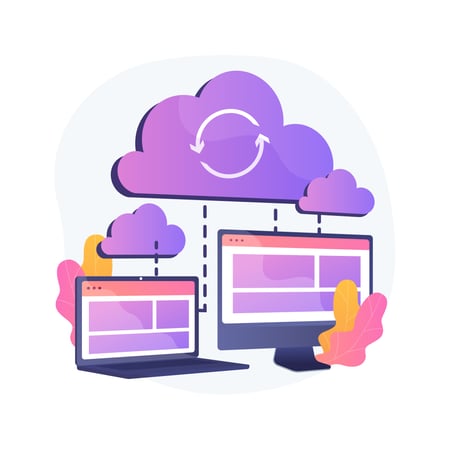
Decreasing the Costs Associated With Traditional Software Development
Fast development, testing and production (facilitated by automation) means less time spent in development and, therefore, less cost.
Continuous Feedback for Improvement
The CI/CD pipeline is a continuous cycle of build, testing and deployment. Every time code is tested, developers can quickly take action on the feedback and improve the code.

Early Error Detection in the Development Process
In continuous integration, testing is automated for each version of code built to look for issues of integration. These issues are easier to fix earlier in the pipeline than they occur.
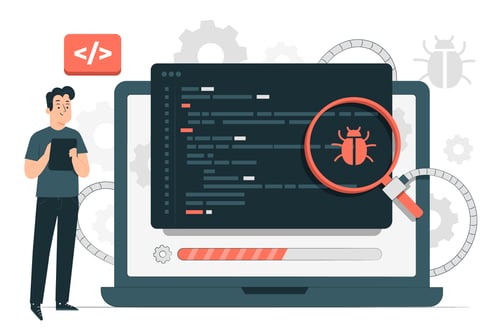
Improving Team Collaboration and System Integration
Everyone on the team can change code, respond to feedback, and quickly respond to any issues that occur.
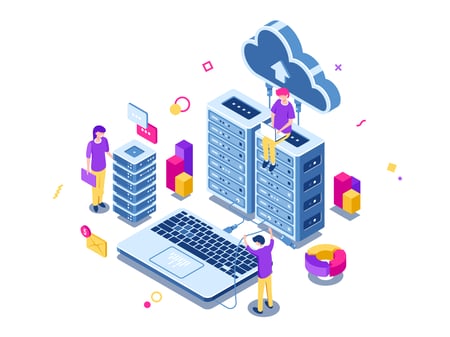
Best Practices for Setting up Secure and Efficient CI/CD Workflow
As you set up your CI/CD pipeline, it’s important to include security checks at various stages to
ensure that your code is secure and compliant with security standards. There are several
measures you can take to secure your CI/CD pipeline.
Planning Phase
This stage involves gathering requirements and consumer input to develop a product roadmap.
It also encompasses the best practices and policies for a successful DevOps strategy.
You should also take advantage of threat modelling to help identify potential areas of attack and
take steps to secure your pipeline. In threat modelling, security vulnerabilities are identified, and
countermeasures are determined to mitigate them. By applying threat modelling to CI/CD
pipelines, you can identify potential attack areas and take measures to secure them.
Supply-chain Levels for Software Artifacts (SLSA) are also useful during the planning phase. This
security framework comprises a checklist of standards and controls to prevent supply-chain
attacks, safeguard against integrity challenges, and safeguard software packages and
infrastructure in your organization.

Coding Phase
In the coding phase, the developers write the necessary code to build the software. The code must be written by predefined standards and design guidelines. You should use source code scanners such as CAST Application Intelligence Platform (AIP) or Code Secure to detect pieces of code that might be vulnerable to security threats.

Build Phase
During the build phase, the developers are responsible for committing their source code to a
shared repository. Once the code changes are checked into the repository, builds are triggered,
and automated tests are executed to verify if the builds comply with the requirements.
Here are some tips for setting up security checks in your CI/CD pipeline:
- Include a static code analysis tool in your build stage to check the code for common security vulnerabilities and compliance issues.
- Use static application security testing (SAST) and software composition analysis (SCA) tools like SonarQube, and Veracode.
- Set up security-related test cases based on organization policies. These tests can check for things like cross-site scripting (XSS) and SQL injection flaws.
- Use a code-signing service to sign your code ahead of deploying the code to the production environment. This will help ensure that the code has not been tampered with and that it comes from a trusted source.

Testing Phase
Once a build is successful, the software is tested to detect any potential bugs. If new features are added, a new build is generated and regression testing is performed on the new build to verify if the functional tests succeed. At this stage, you should run container scanning tools (e.g., Datadog, Clair, Anchore, and Qualys) or dynamic analysis security testing (DAST) tools (e.g., Netsparker and Acunetix).
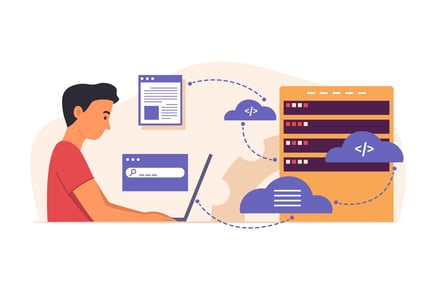
Deployment Phase
In this phase, the build is deployed to the production environment. Leverage AWS services like CodeDeploy for automated and reliable code deployments.

Monitoring Phase
This is the last stage in a typical DevOps CI/CD pipeline. During this phase, the build is monitored to ensure that it works as expected. The application deployed in the production environment is observed to evaluate performance and other aspects.

Conclusion:
In wrapping up, the synergy of CI/CD pipelines and the cloud, especially with AWS services, stands out as a pivotal force in modern software development. Automation, scalability, and cost-efficiency are key takeaways, with AWS tools like CodePipeline and CodeBuild enhancing these benefits. Security remains paramount, and AWS offers a robust framework, that integrates threat modelling and container scanning. The cloud doesn't merely host; it actively fortifies your CI/CD workflow.
In a nutshell, this blog has spotlighted how cloud-powered CI/CD isn't just a best practice but a transformative journey. By following these principles and leveraging AWS services, organizations unlock innovation, reduce time-to-market, and elevate software delivery. The path to seamless, efficient development is indeed paved by the cloud.
Want to know more about CI/CD pipelines and how you can implement them at ease? Reach out to us now!



